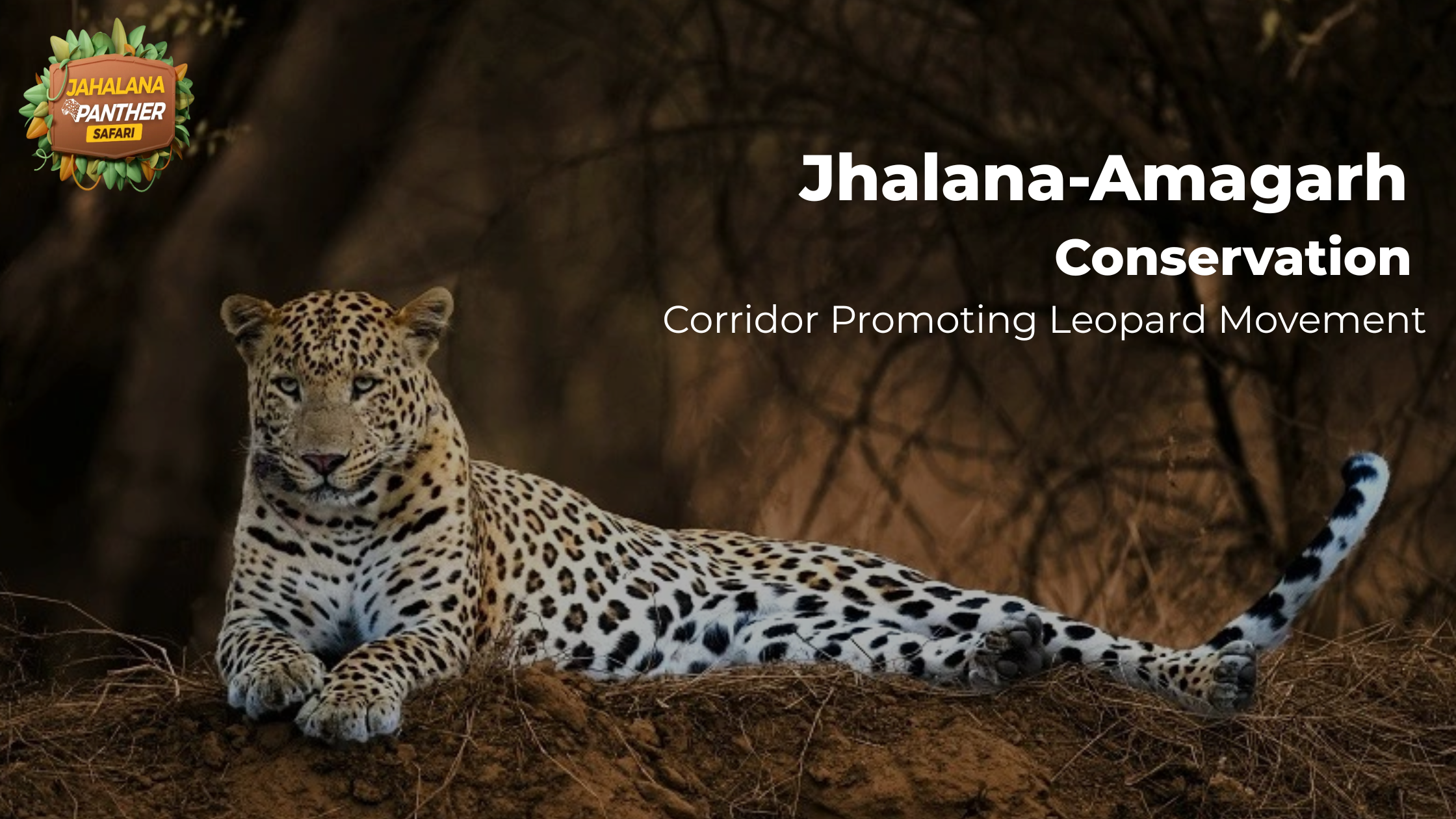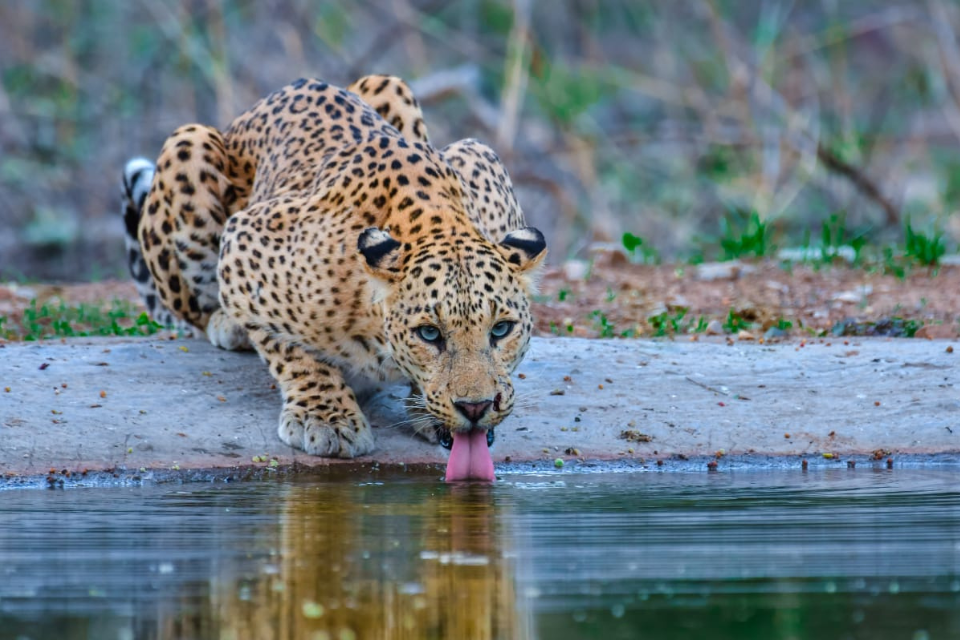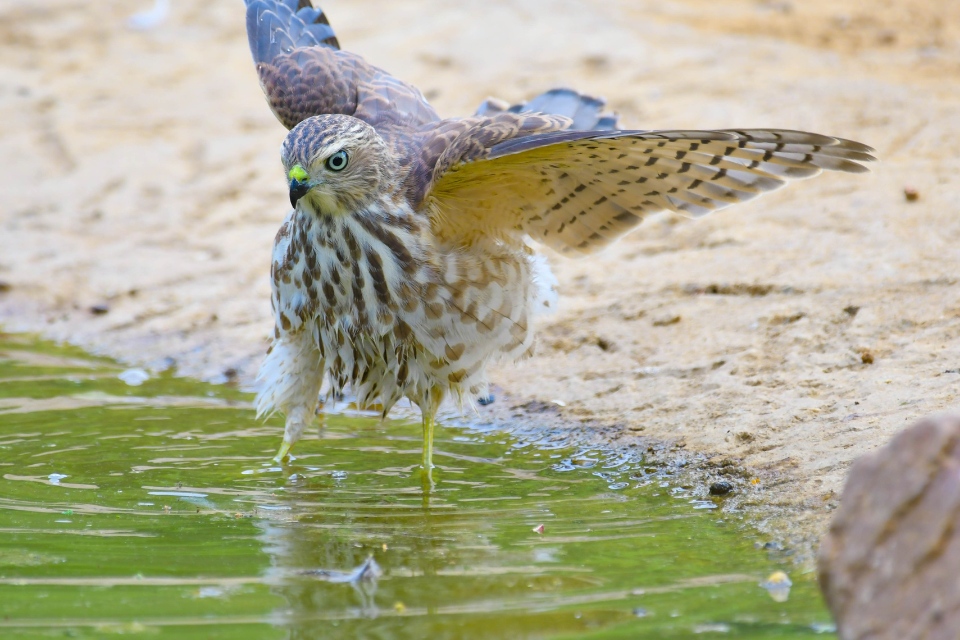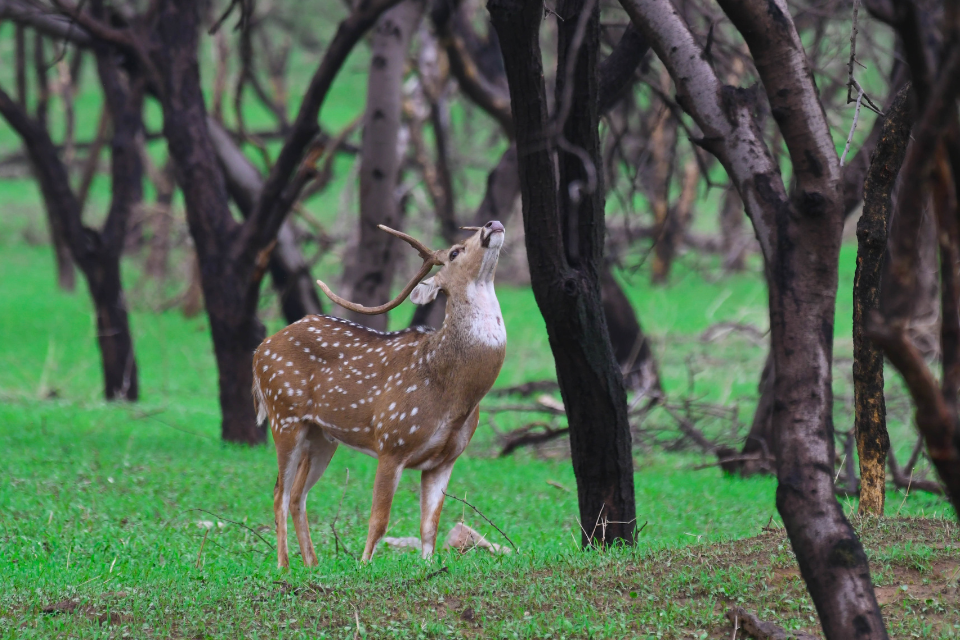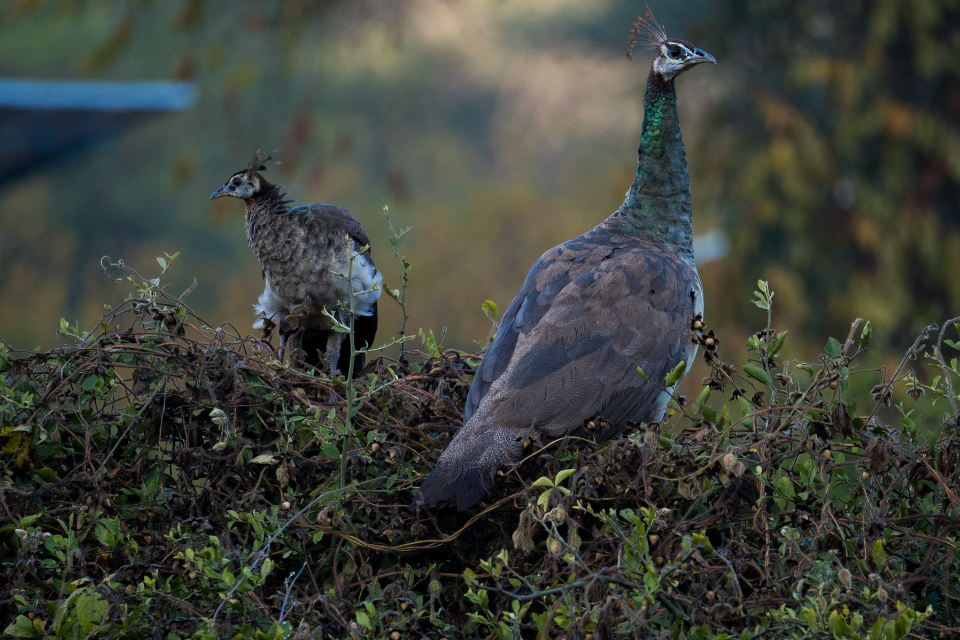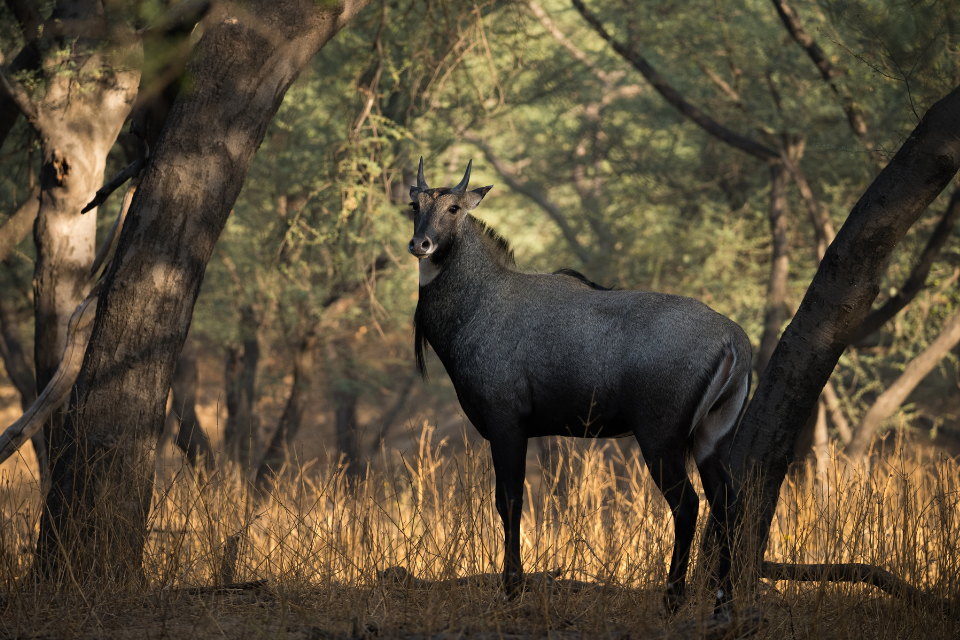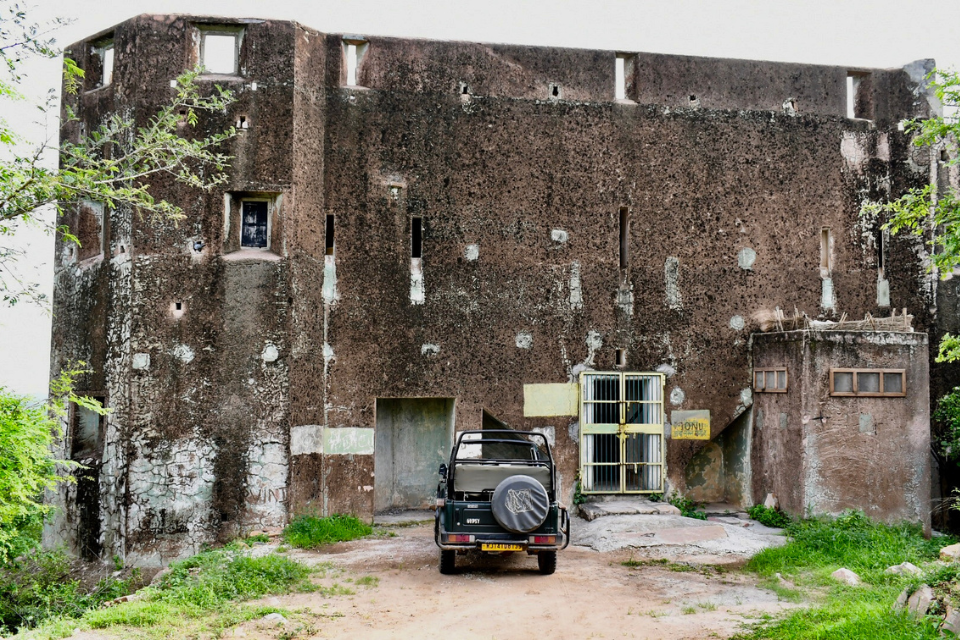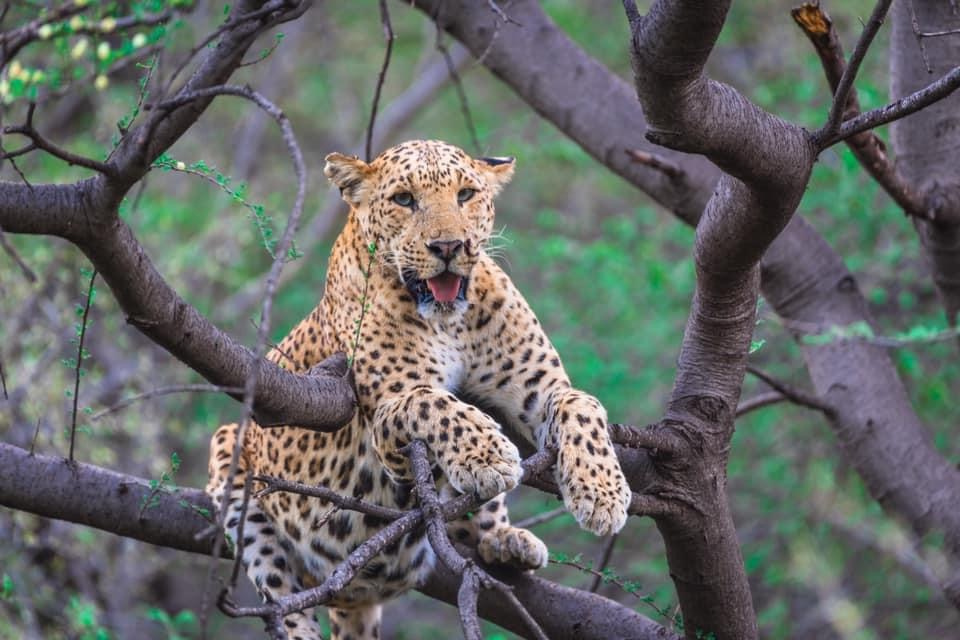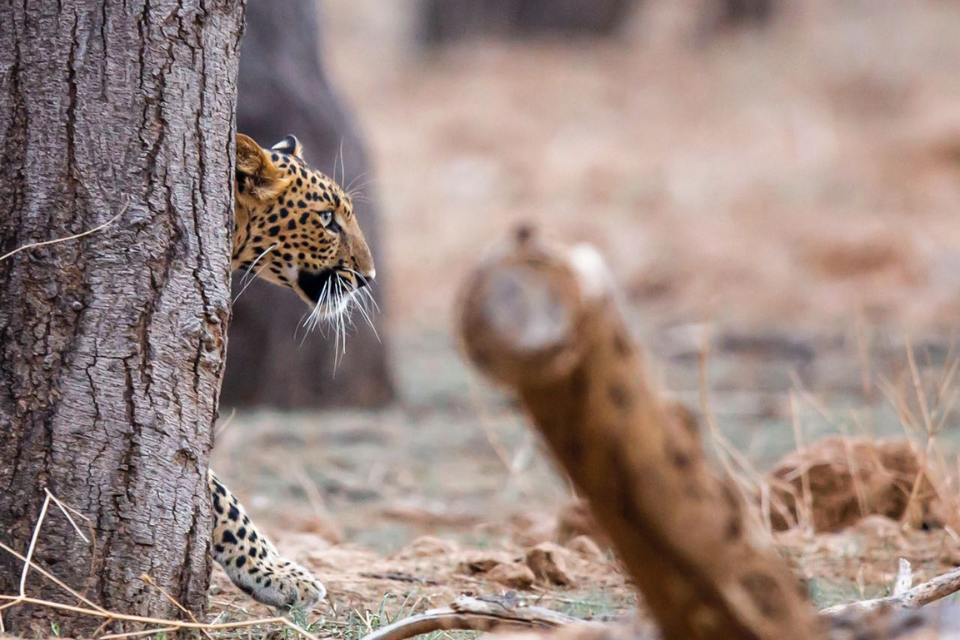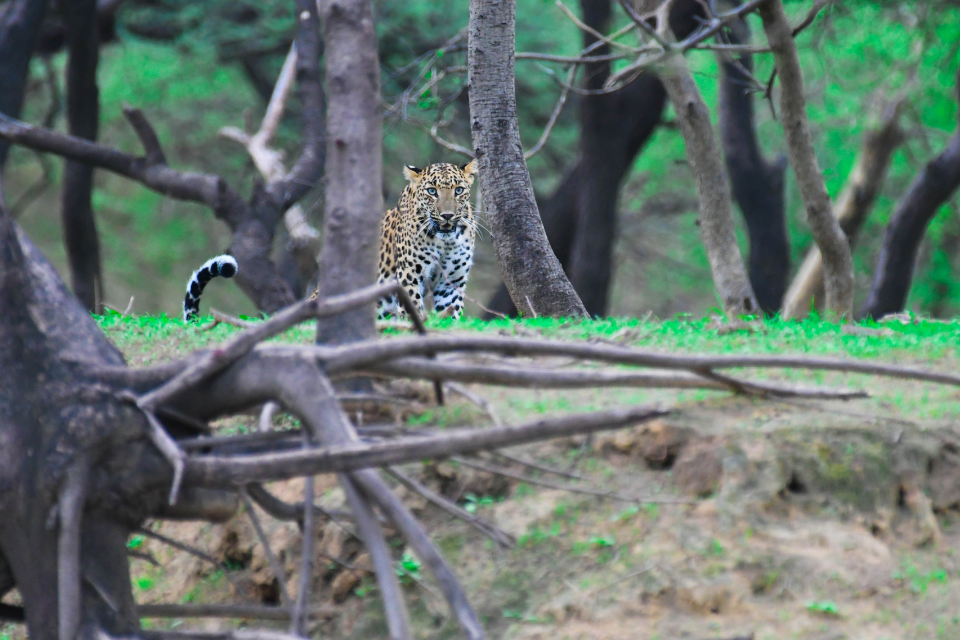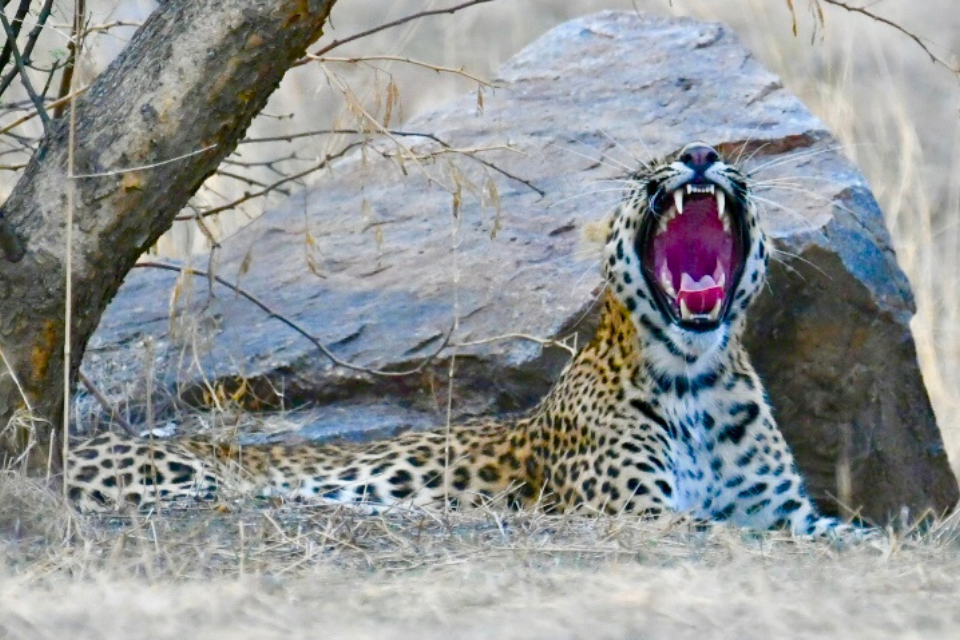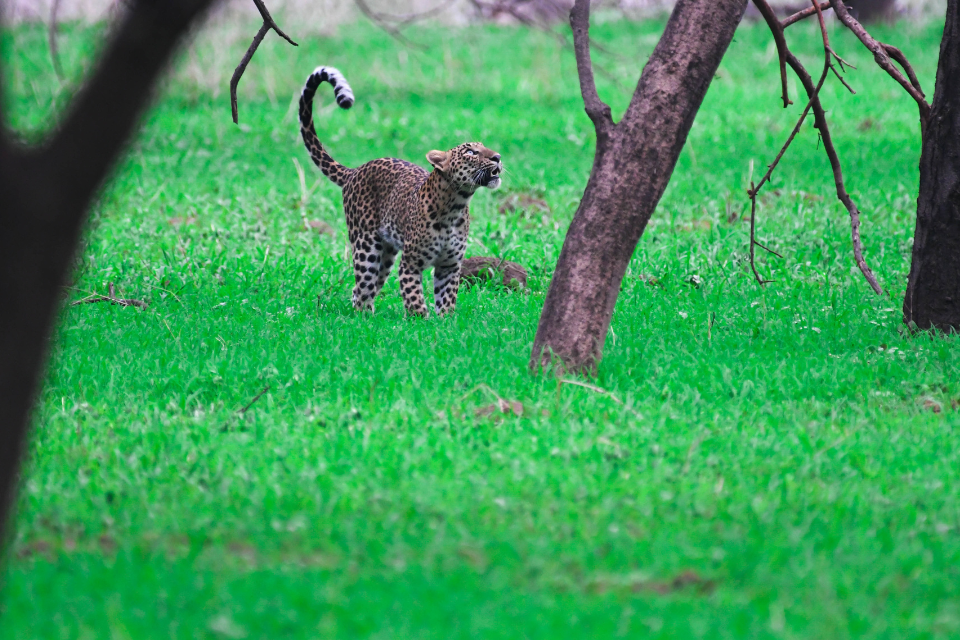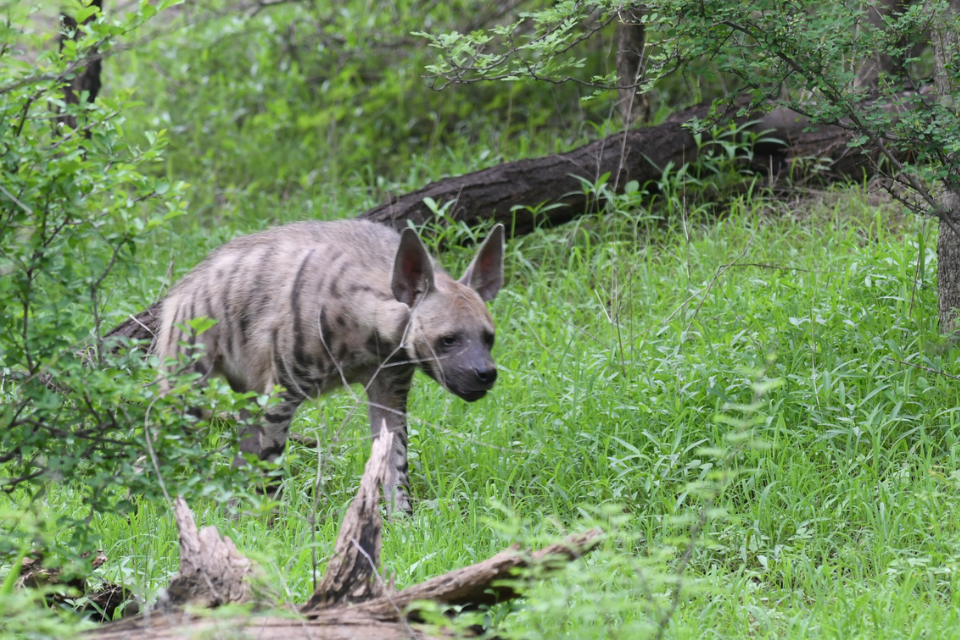- June 30, 2025
Jhalana-Amagarh Conservation Corridor Promoting Leopard Movement
Introduction: Bridging Leopard Lands in Jaipur
When you talk leopards in Rajasthan, Jhalana in Jaipur springs to mind. But its true power lies in its connection with Amagarh and the broader Aravalli green network—a living Conservation Corridor that’s not only helping these majestic cats move freely but also maintaining genetic health, reducing conflicts, and preserving their habitat right within a buzzing urban sprawl.
Let’s dive deep into why this corridor matters: ecology, science, threats, local community, and how Jaipur’s urban development is learning to live with big cats. It’s real, raw, and just a tad imperfect for that human touch.
- Jhalana & Amagarh: Urban Reserves, Desert Gems
1.1 Origins & Expansion
- Jhalana was declared Rajasthan’s first leopard reserve in 2017 (20 km²), after being a forest until 2016 safari launch.
- Amagarh Reserve, set up in 2018 and opened for tourism May 2022, adds 15 km² of Aravalli scrubland just north—though separated by NH‑11.
- In 2023, both were united under the Jhalana–Amagarh Leopard Conservation Reserve status—a nod to their combined ecological importance
1.2 Landscape & Vegetation
Set in the ancient Aravalli hills, these reserves showcase rocky ridges, dry-deciduous forest, thorny shrubs, and species like juliflora, khejri, anogeissus. These plants shape a rugged but rich habitat supporting leopards, hyena, jackals, deer, and 200+ bird species.
- Corridor Biology: Why Connectivity Is Life
2.1 Movement Between Habitats
Leopards are territorial but need connection to find mates, new territory and reduce inbreeding. The corridor between Jhalana and Amagarh allows this—despite the barrier of a busy highway.
Camera traps and GPS collaring have shown that cats regularly traverse these pinch-points—essential to urban-big cat survival.
2.2 Genetic Diversity & Inbreeding
Back in 2014–19, researchers identified at least 47 individual leopards in Jhalana, using rosette patterns like fingerprints. Increasing gene-flow prevents inbreeding, boosts resilience, helps cub survival—and the corridor is key.
2.3 Prey base & micro-ecosystems
Maintaining herbivore populations (e.g. spotted deer, nilgai) inside both reserves enriches predator habitat. Forest-restoration efforts—including native tree plantation—enhance prey support, making the corridor more viable.
- Conservation Actions & Science in Motion
3.1 Camera Traps & Research
High-definition camera grids cover many areas—helping map movement, detect sex, age, territory patterns. Studies by Mudgal, Kapoor, and NGOs identified individuals and helped dept measure corridor usage.
3.2 Radio-collaring
Leopards (dominant males, subadult males) were GPS-tagged to study movement—confirming highway crossing, timings, and risk zones.
3.3 Highway Mitigation
NH-11 splits Jhalana & Amagarh. Fatalities occur when animals cross. Solutions proposed: wildlife underpasses, overpasses, speed limits, signage, undergrowth clearance at pinch zones.
3.4 Habitat Restoration
Removing invasive species (juliflora), planting native like khejri, dhonk, salar, flowering fruit-trees helps build diet for deer and supports entire food web.
3.5 Community Programmes
Locals, sharers-of-space, guides employed in safaris; schools taught coexistence. NGOs run awareness campaigns on conflict mitigation, husbandry, no-lethal deterrents.
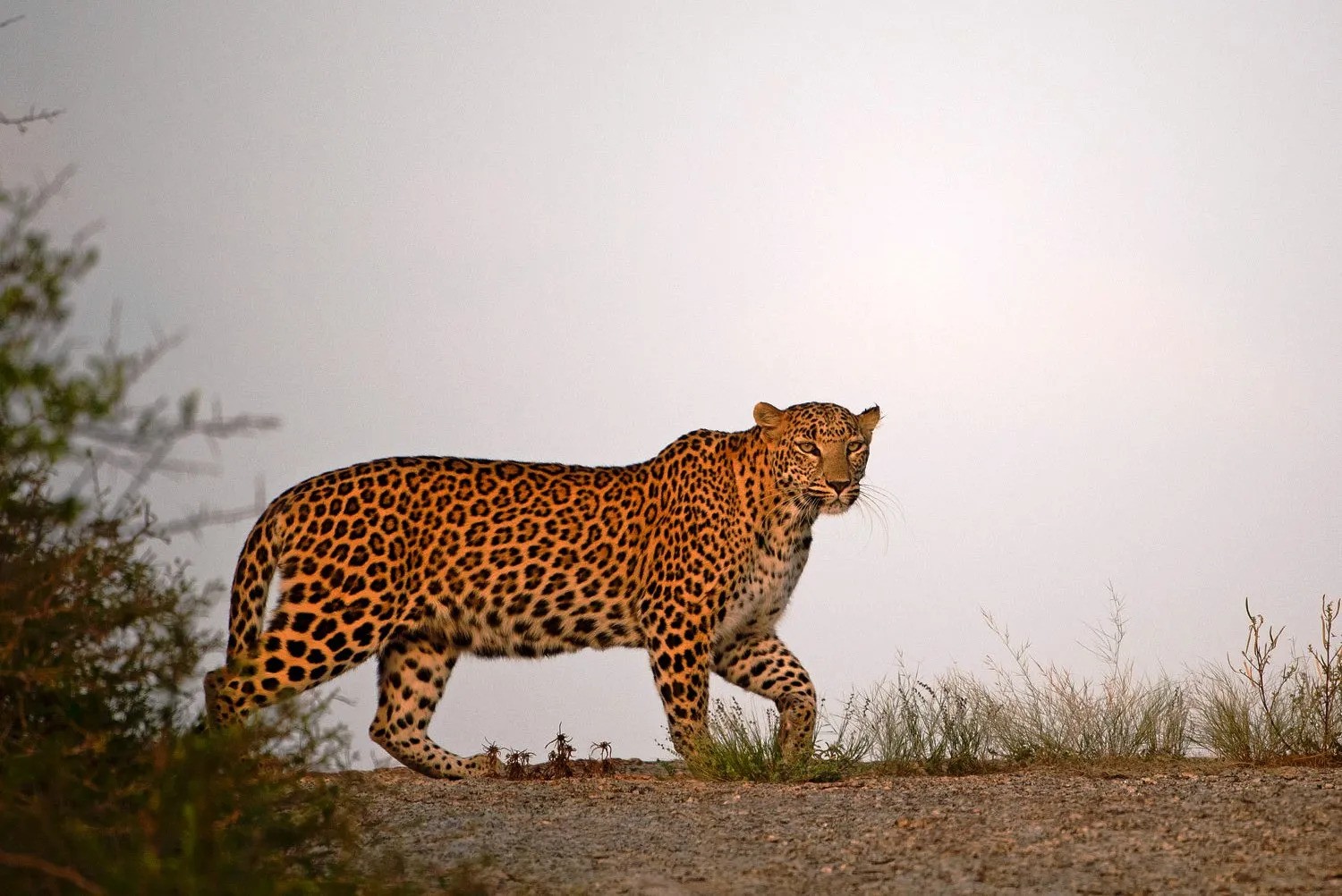
- Threats & Ongoing Challenges
4.1 Urban Encroachment & Fragmentation
The corridor is narrow, fringed by settlements, industry, and heavy traffic—with limited safe passage .
4.2 Human–Leopard Conflicts
Livestock depredation, eyeing pets—leading to retaliatory killings. Conflicts are documented in Nahargarh‑Jhalana studies.
4.3 Tourism Pressure
Traffic noise, vehicle crowding, especially Jeep safaris, can stress wildlife. But adaptive management (capping vehicles, quiet zones) is helping balance tourism and wellbeing.
4.4 Climate & Water Stress
Dry spells, shrinking waterholes, rise stress in animals. Corridor dry-ups reduce crossing frequency; restoration and water-hole management are needed.
- Success Stories & Ongoing Projects
5.1 Rebounding Leopard Numbers
From ~16 in 2016 to ~47 by 2019—declaring success in reserve management.
5.2 Model of Urban Wildlife Conservation
Jhalana, Amagarh’s emergence has inspired other cities—demonstrating that big cats can thrive within urban fringes.
5.3 Corridor Restoration
Forest dept initiatives & NGOs planting saplings, building underpasses; local schools donating trees for restoration efforts .
5.4 Policy & Planning Integration
Jaipur’s urban planners now consider wildlife-adaptive road design. Rajasthan government allocates budgets under “Project Leopard” for monitoring, community outreach.
- How You Can Help
- Visit responsibly on limited-jeep safaris; avoid flash, noise, don’t linger in pinch zones.
- Adopt a tree or donate for corridor restoration via park programs.
- Volunteer or donate to groups like Hope & Beyond, Project Pardus, local NGOs.
- Spread awareness, share corridor successes—support corridor-wide green-planning.
- Advocate for structural solutions (underpasses) during community meetings or municipal comment periods.
Frequently Asked Questions (FAQs)
Q1: What’s a conservation corridor exactly?
A corridor is a landscape link—tree-lined green patches, wildlife bridges or underpasses—that let animals move between habitats, promoting breeding, genetic mixing, and survival.
Q2: How far do leopards travel between Jhalana and Amagarh?
About 10 km apart, but separated by highway; however GPS and camera traps show regular crossings, esp. during mating season or juvenile dispersal.
Q3: Is the highway really dangerous for wildlife?
Yes—vehicle collisions have killed leopards. Corridors and crossing structures are needed; enforce speed limits, warning signs, and fencing during hotspot times.
Q4: How many leopards are in the combined reserve today?
Recent estimates (2019) counted ~47 individuals in Jhalana alone. Amagarh adds ~15–20 more.
Q5: Can urban expansion co-exist with big cats?
Jhalana–Amagarh shows it’s possible—but only with planning corridors, limiting jeep numbers, engaging locals, and integrating ecology in city design.
Q6: Who runs monitoring and conservation programmes?
Rajasthan Forest Dept’s wildlife wing leads, backed by NGOs (Hope & Beyond, Project Pardus), research institutes, and community volunteers monitoring camera traps and habitat.
Conclusion: The Corridor as a Lifeline
The Jhalana–Amagarh Corridor isn’t just a patch of scrubland—it’s a bold experiment in urban coexistence. It has:
- Revived leopard populations,
- Improved genetic diversity,
- Created tourism-income,
- Engaged communities,
- And most importantly, shown other cities this model can work.
But it’s just a start—the corridor needs structural protection, safe passage, blue-water restoration, and long-term urban planning. Jaipur is leading, but real success means keeping the Aravalli Green Thread alive—one sapling, underpass, and awareness campaign at a time.
Disclaimer All images used in this blog are either sourced from public domain or credited to their respective owners. If you are the copyright holder of any image and wish to request its removal or proper attribution, please contact us at [email protected]
